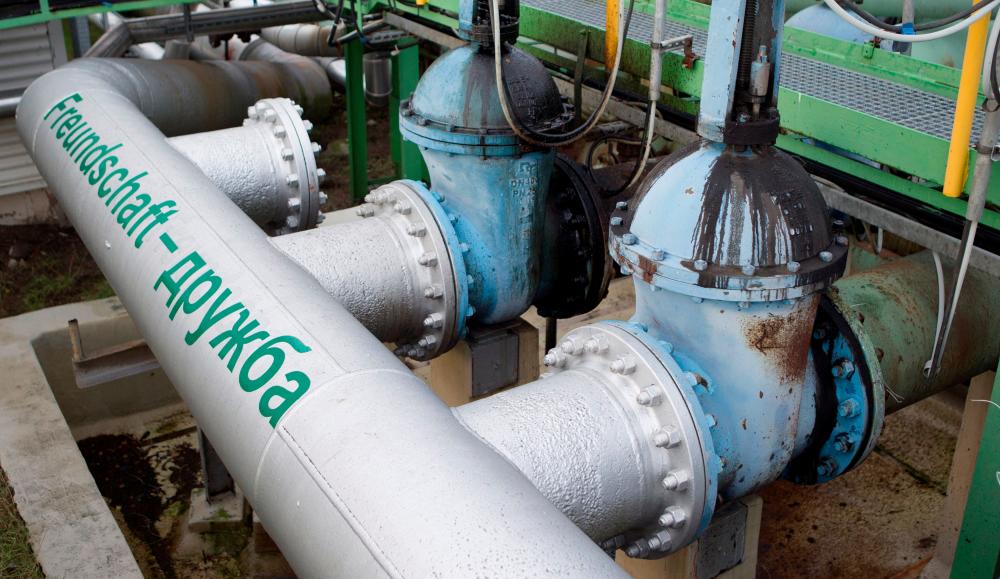NEW YORK: Oil prices dropped over 4% to a three-month low on Tuesday (March 14) after a US inflation report and the recent US bank failures sparked fears of a fresh financial crisis that could reduce future oil demand.
Brent futures fell US$3.32, or 4.1%, to settle at US$77.45 (RM346.99) a barrel, while US West Texas Intermediate (WTI) crude fell US$3.47, or 4.6%, to settle at US$71.33 (RM319.57).
They were the lowest closes for both benchmarks since Dec 9 and their biggest one-day percentage declines since early January. In addition, both contracts fell into technically oversold territory for the first time in weeks.
Shockwaves from Silicon Valley Bank’s collapse triggered big moves in bank shares as investors fretted over the financial health of some lenders, in spite of assurances from US President Joe Biden and other global policymakers.
“The market is either anticipating a recession in the future or it could be that one or more funds had to raise cash and reduce the risk on their books because they are concerned about liquidity after the bank failures,“” said Phil Flynn, an analyst at Price Futures Group. He has not heard of any fund in trouble.
US consumer prices increased solidly in February as Americans faced persistently higher costs for rents and food, posing a dilemma for the Federal Reserve (Fed) whose fight against inflation has been complicated by the collapse of two regional banks.
“Crude prices are falling after a mostly in-line inflation report sealed the deal for at least one more Fed rate hike,” said Edward Moya, senior market analyst at data and analytics firm Oanda.
Data showed the US. Consumer Price Index (CPI) rose 0.4% in February from 0.5% in January. That slight slowdown in consumer price growth prompted investors to price in a smaller rate increase by the Fed in March.
The Fed is now seen raising its benchmark rate by just a quarter of a percentage point next week, down from a previously expected 50-basis points, and delivering another hike of the same size in May. The Fed's next two-day meeting starts next Tuesday.
“The Fed’s tightening work is not done just yet and the chances are growing that they will send the economy into a mild recession, and risks remain that it could be a severe one,” Moya said.
The US central bank uses higher interest rates to curb inflation. But those higher rates increase consumer borrowing costs, which can slow the economy and reduce demand for oil.
Tuesday’s crude price decline also came ahead of US data expected to show energy firms added about 1.2 million barrels of oil to crude stockpiles during the week ended March 10.
Limiting crude's price decline – at least earlier in the day – was a monthly report from the Organization of the Petroleum Exporting Countries (Opec) projecting higher oil demand in China, the world’s biggest oil importer, in 2023.
Chinese consumers, unshackled from Covid-19 restrictions, are returning to hotels, restaurants and some shops, but they are choosy about what they buy, disappointing hopes for an immediate post-pandemic splurge.
Opec, however, left unchanged its forecast for world oil demand to increase by 2.32 million barrels per day, or 2.3%, in 2023. – Reuters













